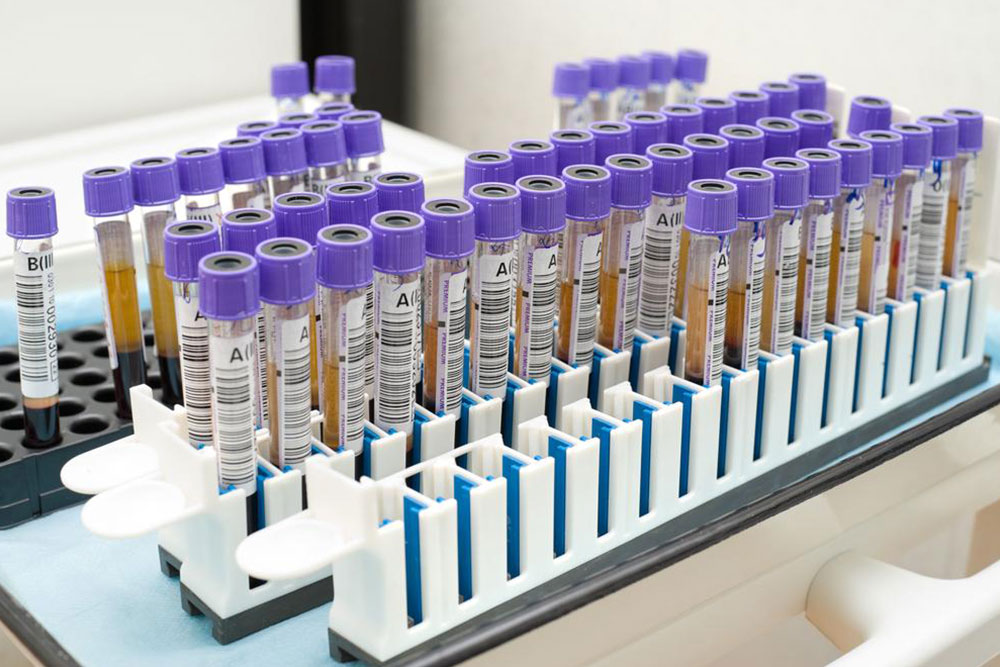Comprehensive Guide to Busting Myths About Prostate Cancer
This detailed article dispels common myths about prostate cancer, emphasizing the importance of early detection and accurate diagnosis. It explains misconceptions about symptoms, transmission, and screening methods, providing men with essential knowledge for better prostate health. Accurate information and regular screenings are key to effective management and treatment of prostate cancer.

Understanding and Dispeling Common Misconceptions About Prostate Cancer
Prostate cancer remains one of the most prevalent cancers affecting men worldwide. Fortunately, advancements in medical science have increased the chances of early detection and successful treatment. However, despite these developments, numerous misconceptions and myths about prostate cancer continue to circulate among the public, often leading to confusion, fear, and sometimes delaying necessary medical consultation. This comprehensive guide aims to clarify these misconceptions, providing clear, accurate information to help men and their families better understand prostate cancer, its symptoms, diagnosis, and treatment options.
Prostate cancer, like many other types of cancer, is a complex disease with various factors influencing its development and progression. Awareness and education are crucial in dispelling myths that hinder early detection and effective treatment. Below, we explore some of the most common myths surrounding prostate cancer and provide factual insights backed by current medical research.
Urinary issues are always present in prostate cancer cases.
Many people believe that if they do not experience urinary problems such as difficulty urinating, frequent urination, or blood in the urine, they are free from prostate cancer. However, this is a misconception. Early-stage prostate cancer often progresses silently without causing noticeable symptoms. The prostate gland's location and the nature of cancer growth mean that initial tumors may not affect urine flow or cause other urinary symptoms. It is only in advanced stages or when the tumor grows large enough to press on the urethra that urinary symptoms may appear. Therefore, relying solely on urinary symptoms to assess prostate health is misleading, emphasizing the importance of regular screenings.
Sexual activity can improve patient health.
There's a misconception that engaging in sexual activity can help fight or mitigate the severity of prostate cancer. While sexual health is an important aspect of overall well-being, current scientific evidence does not support the idea that sex can influence the progression or treatment of prostate cancer. Restoring or maintaining sexual activity might assist with psychological health and quality of life, but it should not be considered a therapeutic strategy for prostate cancer. Patients should consult healthcare providers for appropriate treatments and lifestyle recommendations.
Prostate cancer spreads through sexual contact.
A widespread myth is that prostate cancer can be transmitted sexually. This misconception may cause unnecessary fear or stigma. In reality, prostate cancer is caused by genetic mutations leading to abnormal cell growth within the prostate tissue. It is not an infectious disease and cannot be transmitted through sexual activity or contact. The spread of prostate cancer occurs through local invasion or metastasis to other parts of the body, typically via the bloodstream or lymphatic system—not through sex.
PSA testing is the sole method for diagnosing prostate cancer.
The Prostate-Specific Antigen (PSA) blood test is a useful tool in screening for prostate issues, but it is not definitive on its own. Elevated PSA levels can indicate prostate inflammation, benign prostatic hyperplasia, or cancer. Therefore, a high PSA result necessitates further diagnostic procedures such as prostate biopsy, digital rectal examination (DRE), magnetic resonance imaging (MRI), or other imaging techniques to confirm the presence of cancer. Relying exclusively on PSA testing can lead to misdiagnosis or missed cases, highlighting the importance of comprehensive evaluation by healthcare professionals.
A normal digital rectal exam (DRE) rules out prostate cancer.
Although DRE can detect abnormalities such as nodules, hardness, or asymmetry in the prostate, a normal DRE does not completely exclude prostate cancer. Some tumors may be too small to feel or located in regions that are difficult to evaluate via physical examination. Hence, a normal DRE should not be considered a guarantee of prostate health. This underscores the importance of combining DRE with PSA assessments, imaging studies, and biopsies when necessary to arrive at an accurate diagnosis.
Understanding these common myths about prostate cancer can significantly enhance awareness, promote early detection, and encourage men to seek regular medical checkups. Prostate health should not be based on misconceptions; instead, it should be guided by scientific evidence and professional medical advice. Early detection through screenings, lifestyle modifications, and prompt treatment are crucial in managing prostate cancer effectively. If you or someone you know is at risk or experiencing symptoms, consult qualified healthcare providers for personalized advice and screening options. Remember, staying informed is the key to combating prostate cancer effectively.





